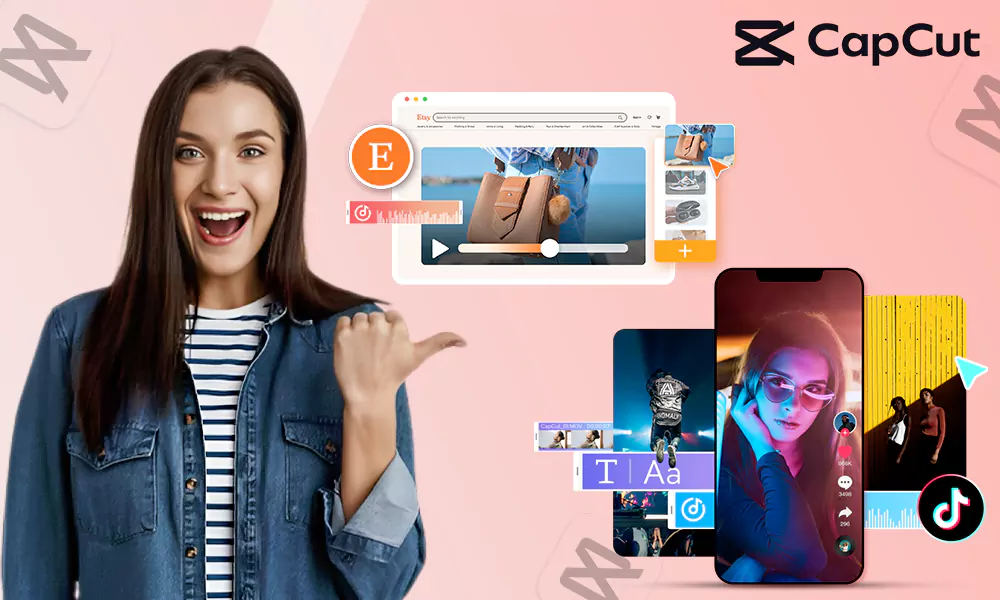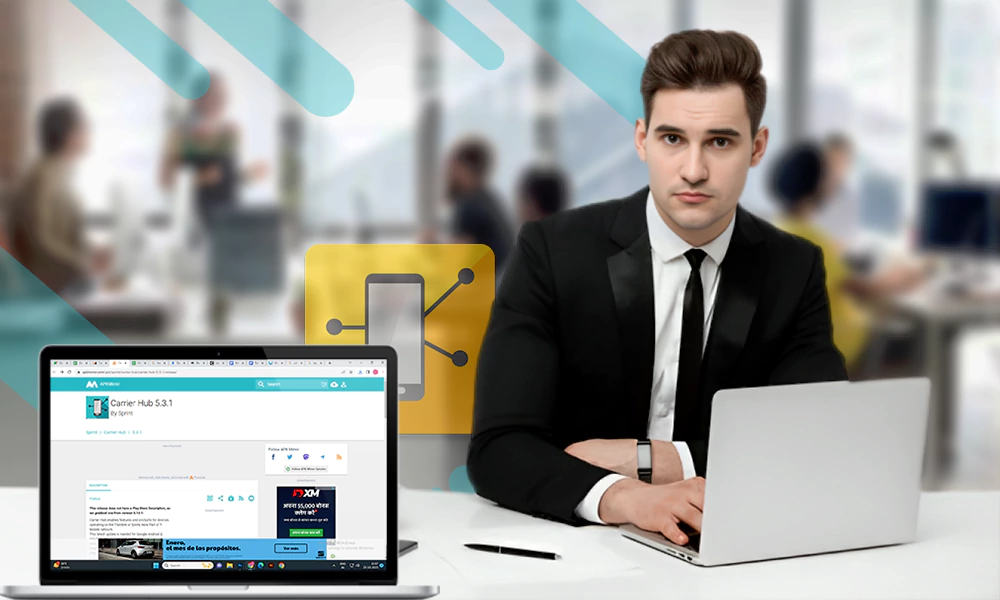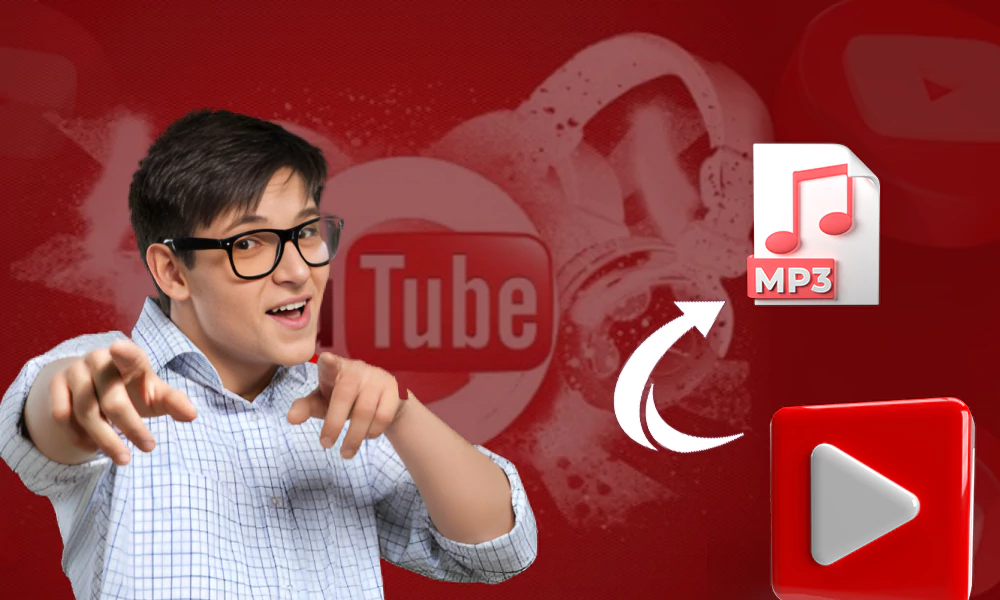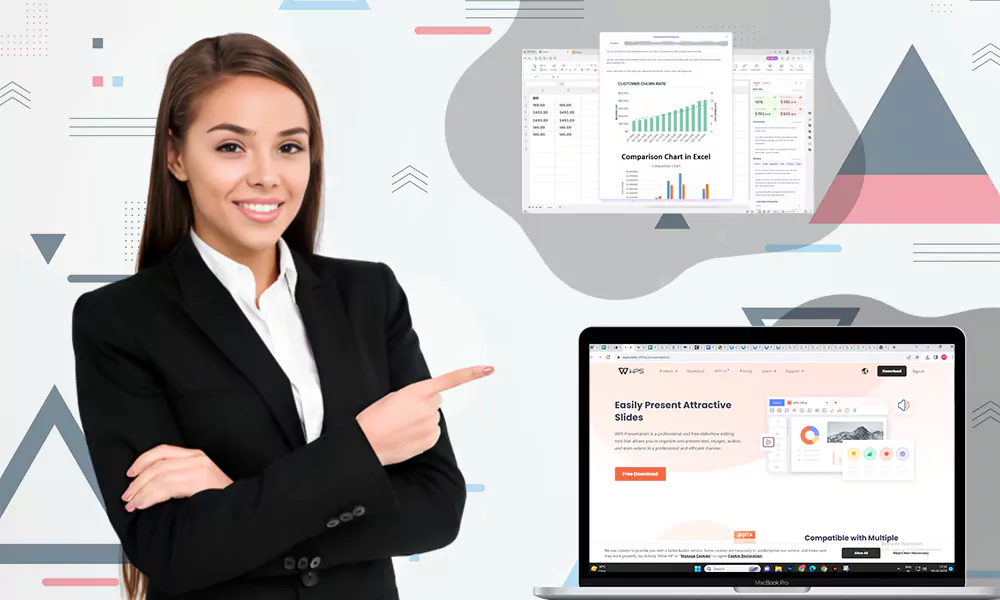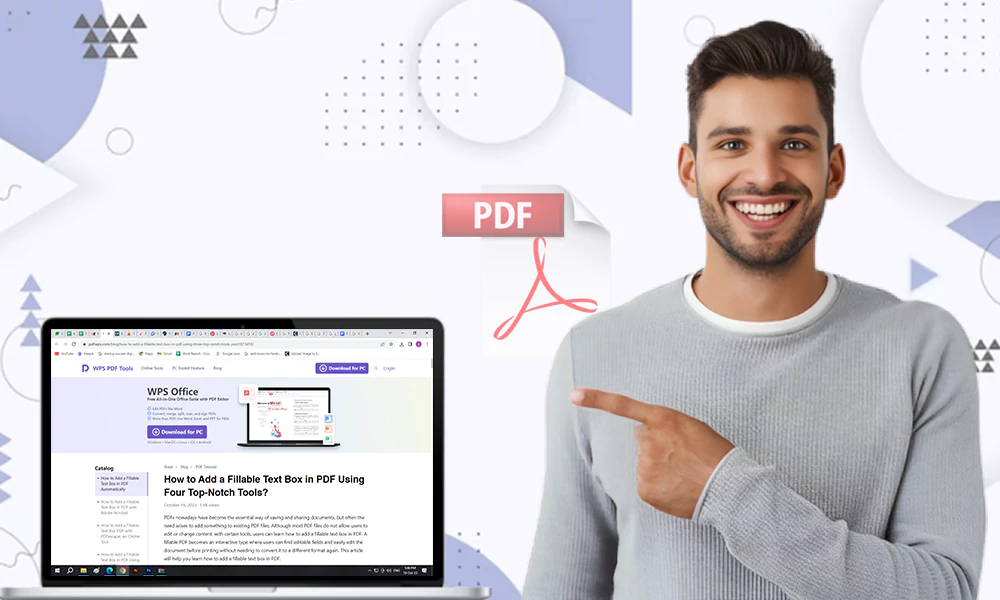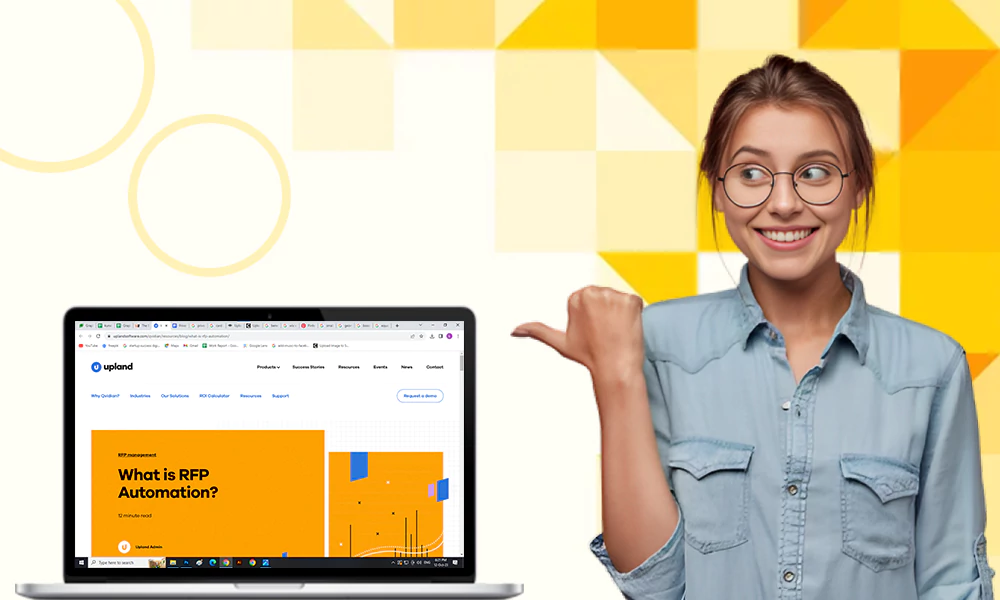What are Software Licensing Models and What are They Like?
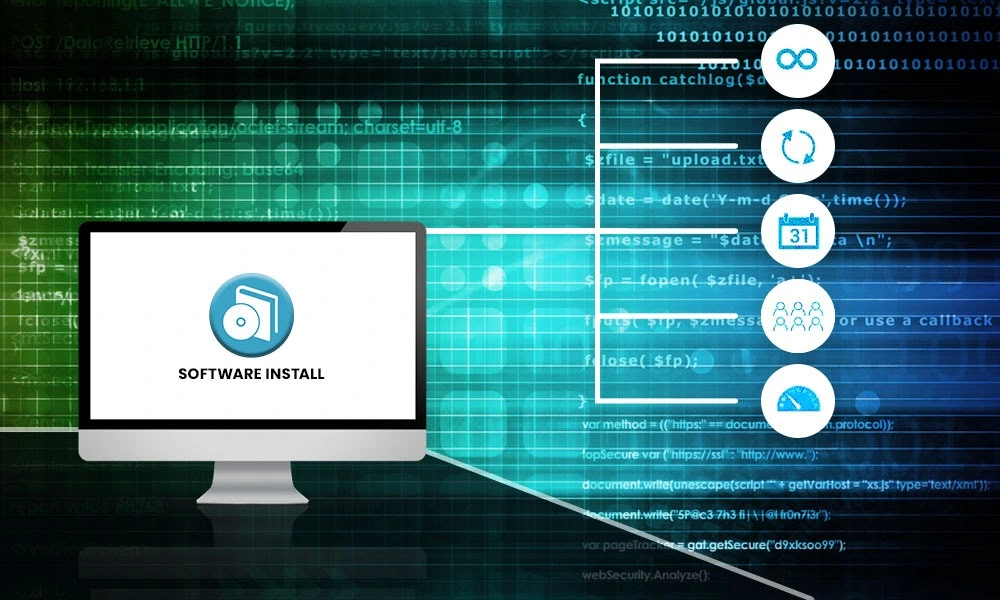
The software enables smooth business operations, employee coordination, and efficient communication with customers and vendors. Before you install or access software products, you must activate the license and agree to the “terms and conditions” set by the vendor.
We provide a basic grounding in software licensing to promote a deeper appreciation of different terms, support agreements, restrictions, and costs.
According to experts in SaaS app development companies, licensing software options range from free software (public domain) to paid commercial software (proprietary) and categories that cater to open-source projects.
The 5 Basic Software Licensing Models That Demand Your Attention
Public Domain License
Software without copyright restrictions is available for anyone to install, use and modify. But freedom carries a price. The open architecture and widespread usage don’t guarantee the best coding practices or high-security protection. By extensively copying, using, and distributing public domain software, you could expose the company to cyber threats.
General Public License (GPL)/ Lesser General Public License (LGPL)
The GPL is the most popular open-source software licensing arrangement devised to prevent the software from becoming proprietary. You’ll see more programs licensed under GPL, which gives software users the freedom to make changes and share and receive the source code.
The LPGL (or lesser protection) model is specifically designed to keep in view software libraries where users make changes and share the source codes. The software provider insists that you can link such a library only to a non-free program that is not licensed under GPL.
Permissive License
In the case of permissive licensing, the software creators can license their creation for free and continue supporting open-source software development. But in this model, the creators retain control over the way end users modify or distribute the software.
Apache Software, for example, allows individuals and organizations to use or modify Apache Software products, but additional requirements are enforced if redistribution is planned. For example, users won’t be permitted to sue each other for patent infringement. MIT is another permissive license that places restrictions on end-users.
The Copyleft License
In the Copyleft licensing model, users get the rights to install, use, modify and redistribute the software, either free or priced. The software provider allows redistribution on the agreement that the original software rights are unchangeable. An excellent example of a Copyleft license is the Creative Commons SA (Share Alike) license. Another example is the one used for preserving intellectual property rights (for works of art).
The Proprietary License
The proprietary license represents the extreme restrictive end of the licensing spectrum, and the saas development company’s licensing policy is to prevent unauthorized copying, modification, or distribution of the software. This licensing arrangement protects the developer’s rights and blocks misuse of the software.
Proprietary licenses come into operation when dealing with reputed SaaS companies and IT vendors like Microsoft, Oracle, Adobe, and IBM. To navigate these intricate licensing agreements, you need experienced IT professionals and legal advisors specializing in contract law.
Proprietary Software Licensing Model Has Many Variants
The perpetual licensing model levies a single fee for unlimited lifetime usage. Though you’d save on ownership costs, there are unavoidable software upgrades, vendor support, and scheduled maintenance services that will cost extra.
The subscription-based licensing model collects a monthly or annual fee, and operating costs are more controllable because you pay only for the duration you run the software. Subscription-based software is rapidly growing and comes bundled with bells and whistles like upgrades, maintenance, and IT infra.
The user licensing model charges a fixed fee that restricts the number of employees using the SaaS software. In the named user license, each employee can operate the software with a unique login and password. In concurrent user licensing, the user license can be shared by a restricted number of employees, never exceeding a specified number.
The device licensing software permits users to install and use the software on any device considered appropriate for the job. This licensing becomes a cost-saving measure when many employees work on a limited number of terminals or devices. So, instead of approving individual agreements to support 300 employees, you could opt for 100 licenses to operate on the same number of devices and get the employees to work in alternative shifts of 100 per shift.
Conclusion
Software license pricing varies greatly and depends on the software you want to develop and the vendor’s development costs. But overall, SaaS providers and consumers typically favor the subscription model where prices can be linked to the number of users onboard and the time they spend online. Whatever licensing model you opt for, remember that business flexibility and cost-control are the motivating factors.





